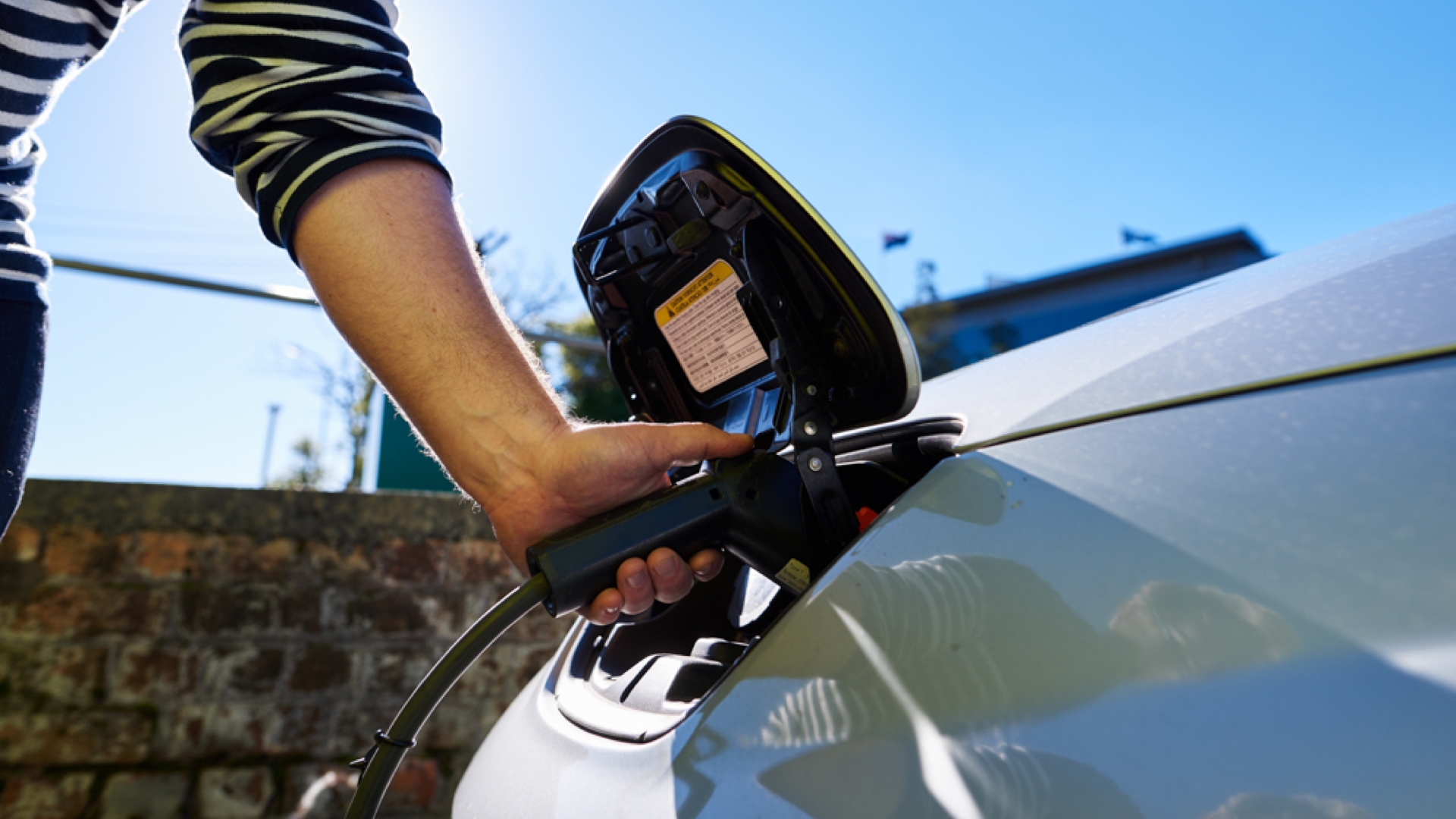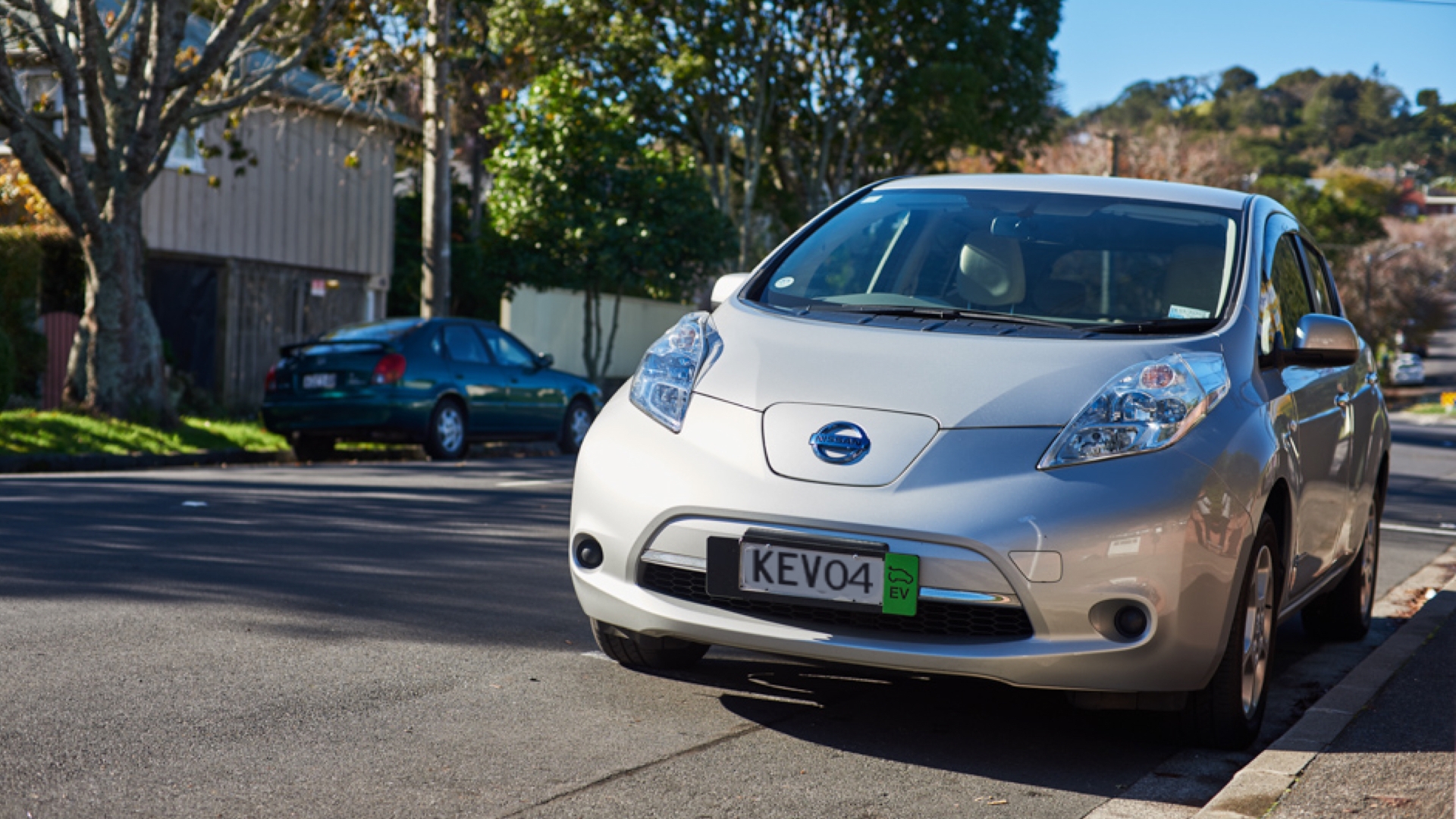Feature article
5 major challenges facing EVs in NZ
EVs are increasingly popular in NZ, but we assess the hurdles they still need to overcome to achieve mass adoption.
The last seven years have seen a dramatic increase in the number of EVs on NZ roads – from only 200 to over 10,000. That’s an impressive growth, but the fact remains that EVs still only account for 2% of the cars in our national fleet. If EVs are going to continue their rise to prominence and take a more substantial share of the cars on our roads, what are the top five hurdles they need to navigate? Let’s take a look.
Range anxiety
The average distance you can travel on a single battery charge of affordable current gen EVs is pretty respectable – in the region of 150-250km. When you consider that government statistics indicate that, on average, Kiwis travel around 28km a day, and within 125km on 95% of days, this would seem more than ample. But the fact remains that Kiwis love a road trip and unless buying the EV as a second/additional vehicle, the likelihood is that road trip regulars will be concerned how far their EV will get them – and also where they’ll be able to charge up along the way.
These concerns will become less of an issue as more EVs follow the example of the Tesla Model 3 in offering long range versions that can travel well over 500km on a single charge, but it’s still a factor for purchasers of the more affordable EVs in NZ. Once Kiwis feel that an EV can cover their journey requirements as simply over longer distances as they can over a shorter range, this will remove a major barrier to opting for an EV.
Higher up-front prices
EVs are becoming a more affordable option for Kiwis – you can now pick up a used Nissan Leaf for around $12,000-$15,000, but this is still substantially higher than the most cost-friendly options for a petrol car. For example, you can pick up the likes of the Mazda2 for around $5,000 and it’ll rarely let you down, while also being one of the more fuel-efficient petrol options.
If you’re currently considering buying an EV but need to be budget-conscious, you have to mull over if the higher initial cost of the car is going to be balanced out in the longer-term by the petrol cost savings. And if you can’t afford the extra up-front cost in the first place, then it’s not even an option. Once the initial cost of an EV matches, or betters, the cost of an equivalent petrol car, this is likely to be an absolute game-changer for take-up numbers.
Home-charging hindrances
At home, not everyone has the option or ability to install a fast-charge station in the garage to maximise the ease and effectiveness of charging their EV. And people who live in flats, or in a house with limited off-street parking, may struggle to find a practical solution for charging an EV. For these folks, their best option currently is to use public charging stations to top up while visiting the supermarket or, if available, in the carpark at work.
Tech will continue to be developed to help offset these issues though, and owners of apartment blocks who wish for their residences to remain attractive in an evolving market are likely to offer EV charging station options to meet consumer demand. The more that mass adoption of EVs occurs, the more that solutions to overcome such home-charging hurdles will become available.
Not a practical heavy vehicle solution
This is a country with a huge amount of rural industry, so another major hurdle in the growth of EV take-up in NZ is in the heavy vehicle fleet sector. Lithium-ion batteries don’t currently have enough welly for use in vehicles like tractors and other heavy payload vehicles, which are a mainstay of the Kiwi agricultural industry.
There are, however, signs of change among fleets with stop-start vehicles. For example, there are growing numbers of electric rubbish trucks, buses, and longer-haul semi-trucks being introduced globally, which should have a knock-on effect over here.
A polarising appearance
There’s no doubt that good levels of street cred and kudos come from owning an EV, and it puts you in an exclusive club of folks who get access to unique parking spaces and charge spots at supermarkets, among other things. But there’s also no question that the physical appearance of EVs are - how to put this nicely? - not to everyone’s tastes.
This perception is changing as EVs are somewhat ‘normalising’ in their external appearance, but car manufacturers definitely went a little far in the early days of designing EVs in differentiating their appearance from their petrol-consuming counterparts. This resulted in some interesting but questionable design choices that are off-putting for some. Thankfully, EV manufacturers increasingly appear to accept that consumers want their car to look like a traditional car, even if it’s an electric alternative.
Nothing’s gonna stop us now
While the challenges we’ve mentioned are substantial enough to impact on EV adoption in NZ, they all have something in common – they can be overcome and, in most cases, solutions are already starting to present themselves. EV ownership in NZ has never been in ruder health, and all current evidence points to this growth continuing, and fast.
Other articles you might like






